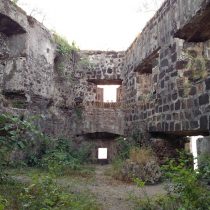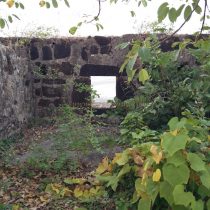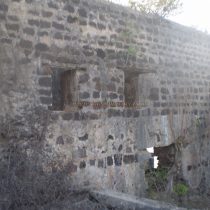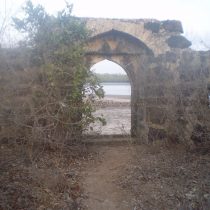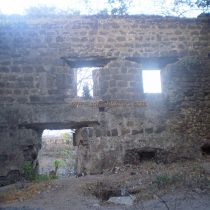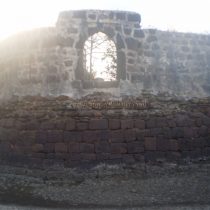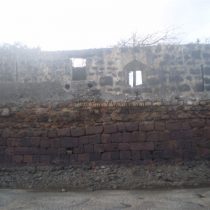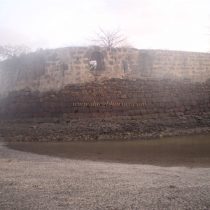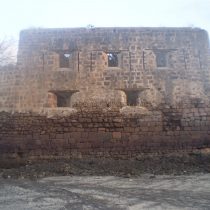KELVE JANJIRA
TYPE : SEA FORT
DISTRICT : PALGHAR
GRADE : MEDIUM
Kelve beach on Western Railway is famous among Mumbaikars. Get down at Kelve station and take rickshaw or ST to Kelve village. From Kelve Shitladevi Mandir on the Danda Khadi road leading from the market, the Kelve fort can be seen on the right side from the road leading to Koliwada. This is not a fort but a small water fort. Along with sixteen other forts in this area, this fort was also built by the Portuguese. Using all these small forts, watchtowers, the Portuguese established their empire along the North Konkan sea route. Known as Kelve Pankot or Kelve Janjira, this fort is built on a large rock south of Kelve village where Danda Bay meets the sea. As the Portuguese built this fort in the sea, it was easy to control the Danda Bay and the sea at the same time. This beautiful and unfamiliar fort in the shape of a ship still stands in good condition.
...
The four outer sides of the fort are still in good condition but the interior of the fort is in a dilapidated condition. It's just that its ramparts have been slightly eroded by the waves of the sea. At high tide, when the fort is surrounded by sea water, the fort can be accessed by boat, while at low tide, as in Alibaug fort, the sea water recedes far and the land around the fort becomes exposed. The entrance to the fort is 10 feet above the ground and one can enter the fort through a gap formed in the ramparts at 5 feet due to the waves. On both sides of the entrance there are slits for guns and cannons and the inner side is carved in stone. After entering the interior through the first gate, one can see the second entrance in front and the ramparts on its side. The fort is designed to fight even after the first door falls. After passing through this entrance, you can see the ruins of a building and a dry well on the left side. After this, there is a third entrance to the fort. This part of the fort is semi-circular and has two floors. These semi-circular ramparts have gaps for the installation of wooden poles, and on both floors there are slits for firing guns and embrasures for cannon. These embrasure must have been used for keeping cannons as well as for collection of duties from merchant ships. The fort is small and can be seen in half an hour. The fort is mentioned in a letter written by Chimaji Appa to the Peshwa during the Portuguese-Maratha war. Built by the Portuguese around the 16th century, the main purpose of these watchtowers was to provide protection and logistics to small and large forts in the Datiware to Manor province. After the victory over Mahim fort in the Vasai campaign of 1739 AD, the Kelve fort area came under the control of the Marathas on 10th January 1739. This water fort along with the Kelve fort was captured by the Marathas in February 1739 and the Portuguese were eliminated from the area. One must visit this place if one wants to see the Portuguese watch post on the ancient sea trade route and its geographical importance.
© Suresh Nimbalkar

